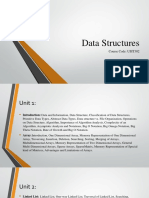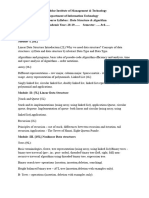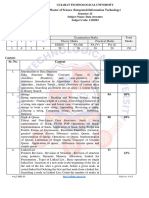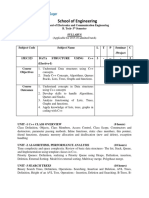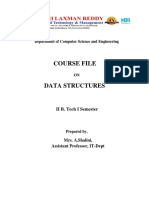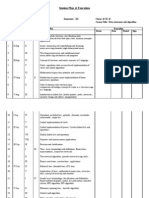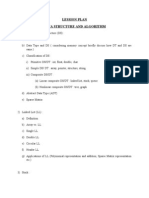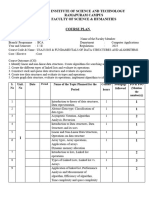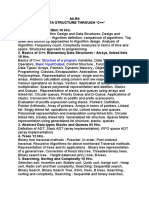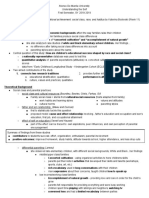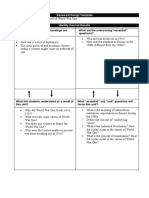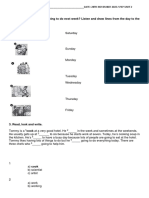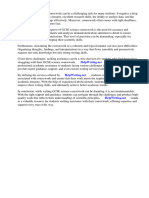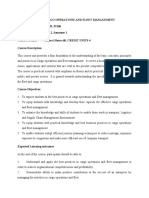0% found this document useful (0 votes)
18 views2 pagesData Structures
The document outlines a course on Information Technology focusing on data structures, including arrays, linked lists, stacks, queues, trees, graphs, and hash tables. Each module details the concepts, operations, and applications of these data structures, along with algorithm analysis and memory management techniques. The course is structured into five modules, totaling 45 hours of instruction time.
Uploaded by
jjxofficial.7siuuuCopyright
© © All Rights Reserved
We take content rights seriously. If you suspect this is your content, claim it here.
Available Formats
Download as PDF, TXT or read online on Scribd
0% found this document useful (0 votes)
18 views2 pagesData Structures
The document outlines a course on Information Technology focusing on data structures, including arrays, linked lists, stacks, queues, trees, graphs, and hash tables. Each module details the concepts, operations, and applications of these data structures, along with algorithm analysis and memory management techniques. The course is structured into five modules, totaling 45 hours of instruction time.
Uploaded by
jjxofficial.7siuuuCopyright
© © All Rights Reserved
We take content rights seriously. If you suspect this is your content, claim it here.
Available Formats
Download as PDF, TXT or read online on Scribd
/ 2

